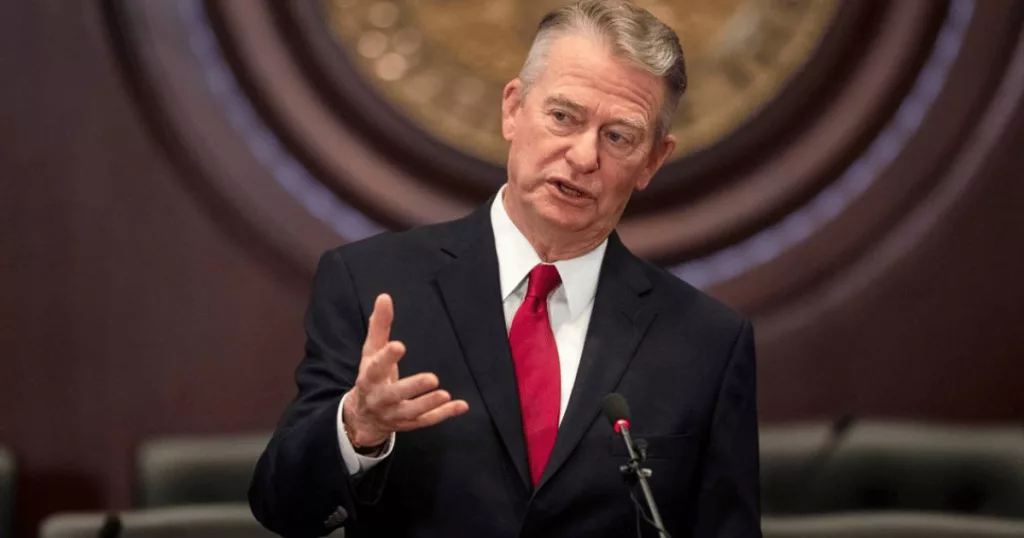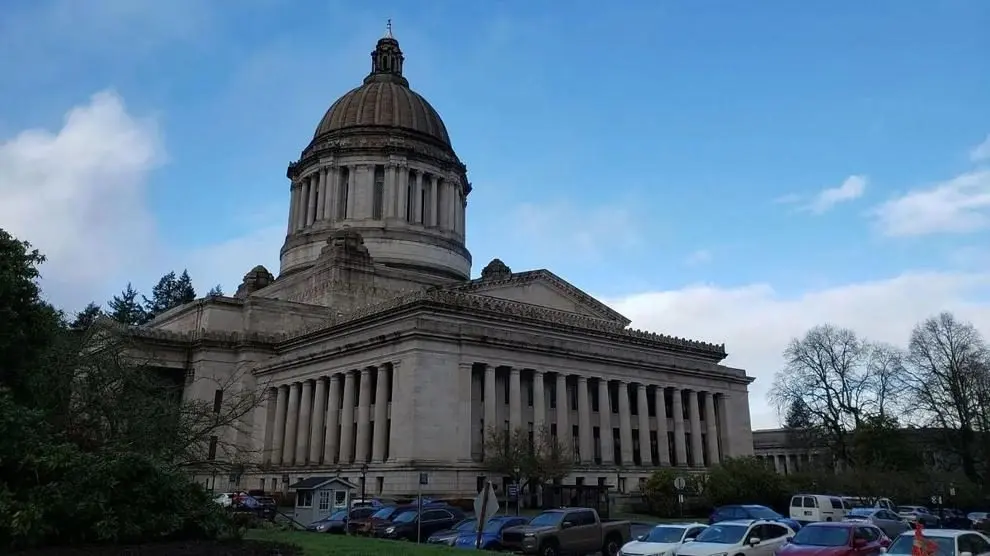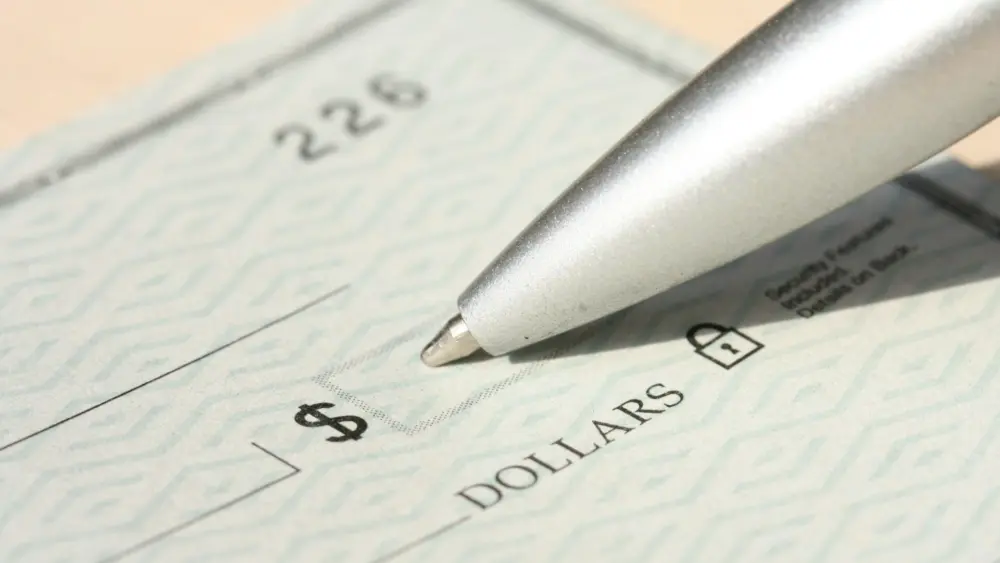IDAHO FALLS, ID – The State of Idaho and the U.S. Department of Energy (DOE) have signed a targeted waiver to the 1995 Settlement Agreement governing operations at the Idaho National Laboratory (INL). The original agreement established milestones for removing legacy waste from the INL site while permitting nuclear energy research and development to continue.
The newly signed waiver allows INL to conduct research on a high burnup nuclear fuel cask from a commercial nuclear power plant. The study will generate data intended to support extended storage licensing for spent nuclear fuel at 54 plants across 28 states.
Governor Brad Little said the agreement demonstrates collaboration between the state, DOE, and INL in supporting nuclear energy innovation while maintaining the goals outlined in the 1995 Settlement Agreement.
U.S. Secretary of Energy Chris Wright emphasized the importance of expanding nuclear research capabilities at INL to maintain American competitiveness in the energy sector. INL Director John Wagner noted the lab’s role in executing the research safely and securely.
Idaho Attorney General Raul Labrador said the agreement balances the protection of Idaho’s interests with the advancement of research important to national energy security. DOE-Idaho Operations Manager Robert Boston also highlighted the agreement’s role in maintaining INL’s position as a national leader in nuclear research.
The waiver allows research addressing modern commercial nuclear fuels, which are designed for greater efficiency and lower costs. It also provides necessary data for renewing licenses for dry fuel storage facilities nationwide.
Additionally, the waiver enables INL to manage small amounts of spent nuclear fuel from domestic university reactors, supporting research and education programs critical to developing future nuclear scientists and engineers. Officials noted that without the waiver, some university research reactors could face operational challenges due to spent fuel storage limits.
The agreement is framed as a measure to help sustain the existing U.S. nuclear reactor fleet, which currently generates nearly 20% of the nation’s electricity, and to strengthen the country’s efforts toward energy independence.





